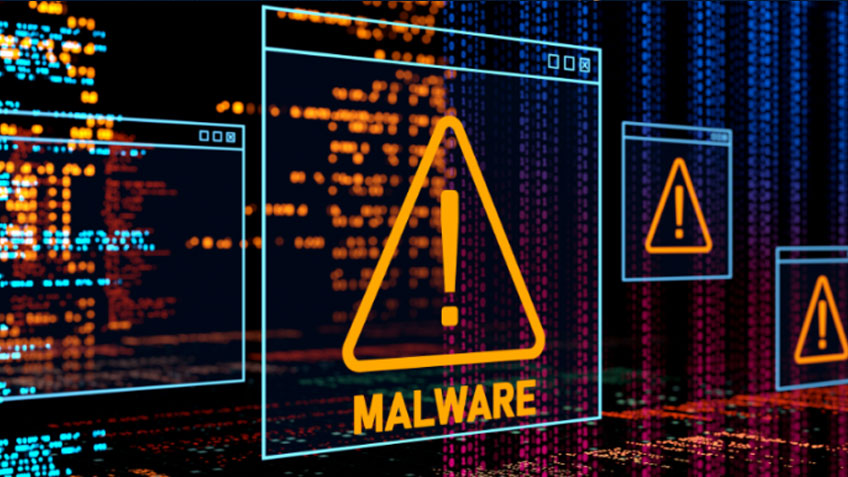Malware, short for malicious software, is a significant threat to individuals and businesses in today's digital landscape. Understanding the different types of malware, how to prevent their intrusion, and effective removal strategies are critical to protecting your systems and data. At Smart Geeks 2 U, we strive to provide you with a comprehensive guide to malware, empowering you to effectively protect your digital assets.
Malware comes in a variety of forms, each with specific functions and potential harm. Familiarizing yourself with these categories is the first step toward a safer digital environment:
Viruses are malicious programs that replicate and spread by attaching themselves to clean files or programs. Once activated, they can corrupt, modify or delete data affecting your system performance.
Worms are standalone malicious programs that self-replicate and spread across networks, exploiting vulnerabilities to gain access to systems. They can overload the network and reduce system performance.
Trojans disguise themselves as legitimate software to gain access to a user's system. They often create backdoors, which allow cybercriminals to remotely control infected systems.
Spyware secretly collects sensitive information from infected systems, including browsing habits, passwords and personal data. It then transmits this data to malicious entities without the user's knowledge.

Ransomware encrypts files and demands a ransom for their release. It can cause significant disruption and financial loss to individuals and organizations.
Adware displays intrusive advertisements on the user's device, which often redirects them to potentially harmful websites. This can reduce system performance and compromise user privacy.
Malware prevention is critical to maintaining a secure digital environment. Implement these proactive measures to reduce the risk of malware infection.
Regularly update operating systems, antivirus software and applications to ensure they have the latest security patches, avoiding known threats.
Use a complex password with a combination of letters, numbers and special characters. Change them regularly and avoid using the same password for multiple accounts.
Avoid opening attachments or clicking on links from unknown or suspicious sources. Verify the authenticity of the sender before engaging with email content.
Choose a reliable antivirus program and keep it updated to effectively detect and remove malware. Schedule regular scans of your system for potential threats.
Enable the built-in firewall on your operating system and configure it to block unauthorized access, providing an additional layer of security.
Educate yourself and your team about safe browsing practices, recognizing potential threats, and promptly reporting suspicious activity.
Despite proactive prevention measures, malware infiltration can occur. When faced with a malware attack, follow these steps to minimize the damage and eliminate the risk:
Disconnect the affected system from the network to prevent the malware from spreading to other devices.
Use a reputable antivirus program to perform a full system scan, identifying the type and extent of malware infection.
As you plan the removal process, isolate and quarantine infected files to prevent further damage.
Follow the specific removal instructions provided by your antivirus software or seek professional help to safely remove the malware.
Restore infected files from backup and apply necessary security updates to prevent future infections.
Finally, understanding the different types of malware, implementing proactive prevention measures, and knowing how to remove malware are critical components of a strong cybersecurity strategy. Be vigilant, keep your systems updated, and educate yourself and your team to create a secure digital environment.


Post a Comment
COMPANY
RESOURCES
QUICK CALL
1300 570 417Follow